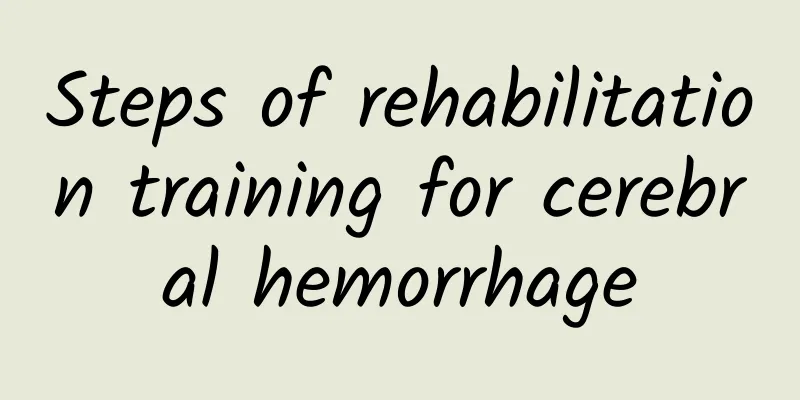Cataract surgery without lens placement

|
Cataract surgery is divided into steps and processes. The principle of cataract surgery is very simple. It requires surgical cutting to replace the lens inside the fundus. After replacing the new lens, the person's vision can return to normal. Cataract surgery without replacing the lens will cause serious vision problems for the patient, so the surgical process is very important. Surgical procedures Cataract surgery preoperative examination Most cataract patients are tall and weak, with multiple diseases co-existing. In order to ensure the success of the operation and prevent complications, some necessary local and systemic examinations should be carried out before the operation. 1. Routine inspection The eye examination before cataract surgery should include visual function (light perception, light localization, color vision). Routine slit-lamp examination of the eye and measurement of intraocular pressure. For suspected fundus lesions, electrophysiological examination, B-ultrasound examination of the eye, macular function examination, etc. can be performed. For patients who have undergone eye surgery, corneal endothelial cell count can be performed as needed. Based on the above examinations, the condition of the eye to be operated on can be roughly evaluated before surgery, the recovery of visual function after surgery can be estimated, and preparations can be made for possible complications and risk factors that may arise during the operation. There are no specific rules for the timing of cataract surgery. In the past, it was believed that cataracts could only be treated surgically after they matured. However, with the development of surgical techniques, immature cataracts can also be treated surgically. For patients with nuclear cataract who have high vision requirements, surgery can be arranged if the vision is above 0.3 or 0.5. 2. Special patient examination For patients with concurrent eye diseases, the timing, method or order of surgery should be carefully decided. For example, patients with chronic dacryocystitis should first undergo nasolacrimal cystostomy or dacryocystectomy, and patients with glaucoma may consider combined glaucoma-cataract surgery. For patients with cardiovascular diseases, the condition should be controlled before surgery; if conditions permit, electrocardiogram monitoring can be performed during the operation to ensure the safety of the operation. For patients with diabetes, blood sugar should be controlled first, and antibiotics should be used before surgery to prevent infection. If there are systemic or local acute or chronic inflammatory lesions, treatment should be given first. Preoperative considerations 1. If you have high blood pressure, diabetes or cough, you should consult a physician for diagnosis and treatment, and then undergo cataract surgery after your condition stabilizes. 2. If you are taking any medication for high blood pressure, diabetes or cough, please continue to take it before, during and on the day of surgery. 3. Take good care of your personal hygiene (wash your hair and take a bath) the day before the operation. 4. Please clean your face on the day of surgery and do not use any cosmetics. 5. You can eat a small amount before surgery. 6. A family member must be present on the day of surgery. |
<<: How long can a cataract lens replacement last?
>>: High blood sugar can be used for cataract surgery
Recommend
Neck itching at night
The phenomenon of itchy neck is generally caused ...
What causes weakness after waking up?
I believe that many friends have experienced the ...
What to do if your skin becomes purple and black after cupping
Cupping is a traditional Chinese method used to r...
The pulse condition and main diseases of thin pulse
The pulse condition of a thin pulse will be diffe...
What are the symptoms of potassium deficiency?
When it comes to potassium, everyone may feel unf...
Acute rhinitis symptoms
Acute rhinitis has a great impact on the patient&...
What are the symptoms of cold cough
Coughing is a common symptom and many diseases ma...
Symptoms of spleen deficiency constipation, Chinese medicine acupoint massage therapy
Speaking of the symptoms of spleen deficiency and...
How to deal with rheumatic pain
Rheumatic pain is a common symptom caused by rheu...
The effects and harms of ginkgo
What are the side effects of Ginkgo biloba? Ginkg...
There are two horizontal lines on my neck. What's going on?
Horizontal lines on the neck are called neck wrin...
What causes swelling and pain in the palms of your hands?
Some people will feel swelling and pain in their ...
What is the area between the thigh and calf called?
The area between the thigh and the calf is called...
What to do if rhinitis causes headache
Our nose is very important. It is related to our ...
How to perform rhinitis surgery
If rhinitis occurs, many people will generally ch...









